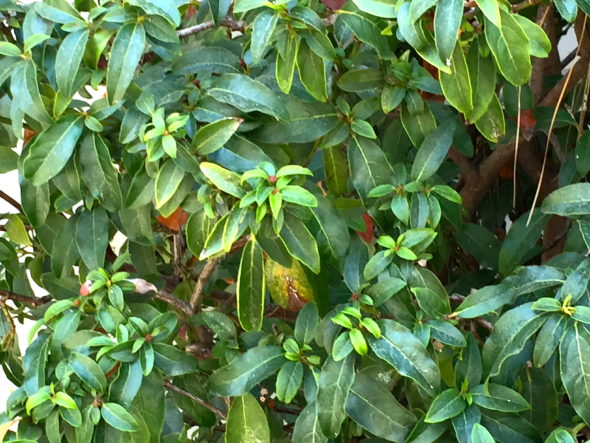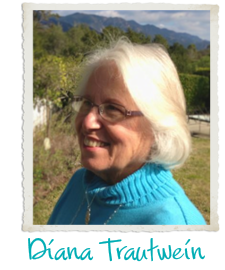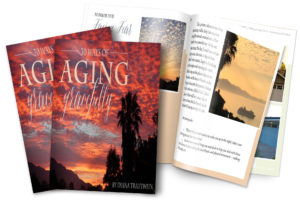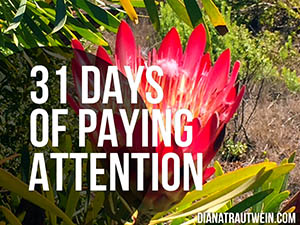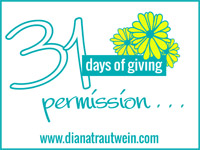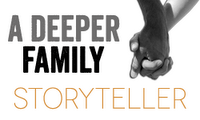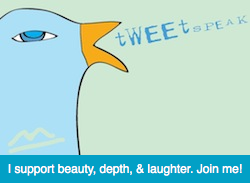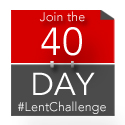Even though it came in the midst of a month of retreats and over-commitment, I signed up for a poetry workshop a few weeks ago. You need to understand that I am a lover of poetry, but not a writer of it. In point of fact, I find it terrifying and more than a little bit intimidating. But this small workshop was offered at our beautiful Santa Barbara Museum of Natural History and was led by a favorite person, Dr. Paul Willis, Professor of Literature at Westmont College. So I gulped, and sent in my registration. We met in the beautiful library and quickly learned that we were going to spend 90 minutes together. During that time, we would hear a variety of poems, talk a bit about what we heard and then spend time practicing poetic thinking as we wandered the beautiful natural setting surrounding the museum.
Paul introduced us to a wonderful and practical way to pay attention. We were divided into groups of 4-5 people and told to wander the grounds for about 20 minutes, led by one member of our group at a time — in complete silence — to some slice of creation selected by that person for us to observe for a few minutes. Then, we were to write out a metaphor in poetic form about what we were seeing. That much ‘poetry’ I was willing to try!
Of course, I grabbed my camera for our silent walk. There were four people in my group and throughout this month, I’ll be interspersing both the picture and the words that came to me on that Saturday afternoon, with a bit of commentary, just for fun. Our first ‘leader’ was a young man, a recent graduate of Westmont, who fairly quickly took our quartet over to this bushy shrub. Not a lot to look at, you might think. But we each came up with something. It was such fun to read them all — just within our group of four — at the end of the workshop. Here’s mine . . .
a 4-sided star
brightens the
dark-hued stem,
waiting its turn
to darken
and fall
It’s hard to see from this photo that the leaves were in quartets on this shrub. I noticed that almost all my metaphors circled around a common refrain of transition/change/aging. Hmmm. . . wonder why that might be?
I thoroughly enjoyed this exercise and heartily recommend it as a practical way to practice paying attention. Give it a try and let me know how you like it!
